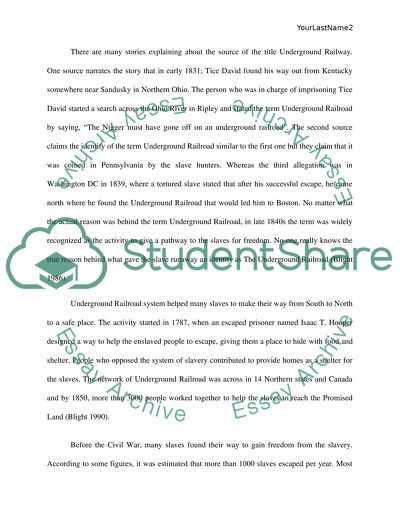Cite this document
(“The Underground Railroad Research Paper Example | Topics and Well Written Essays - 1750 words”, n.d.)
Retrieved from https://studentshare.org/history/1440116-the-underground-railroad
Retrieved from https://studentshare.org/history/1440116-the-underground-railroad
(The Underground Railroad Research Paper Example | Topics and Well Written Essays - 1750 Words)
https://studentshare.org/history/1440116-the-underground-railroad.
https://studentshare.org/history/1440116-the-underground-railroad.
“The Underground Railroad Research Paper Example | Topics and Well Written Essays - 1750 Words”, n.d. https://studentshare.org/history/1440116-the-underground-railroad.


